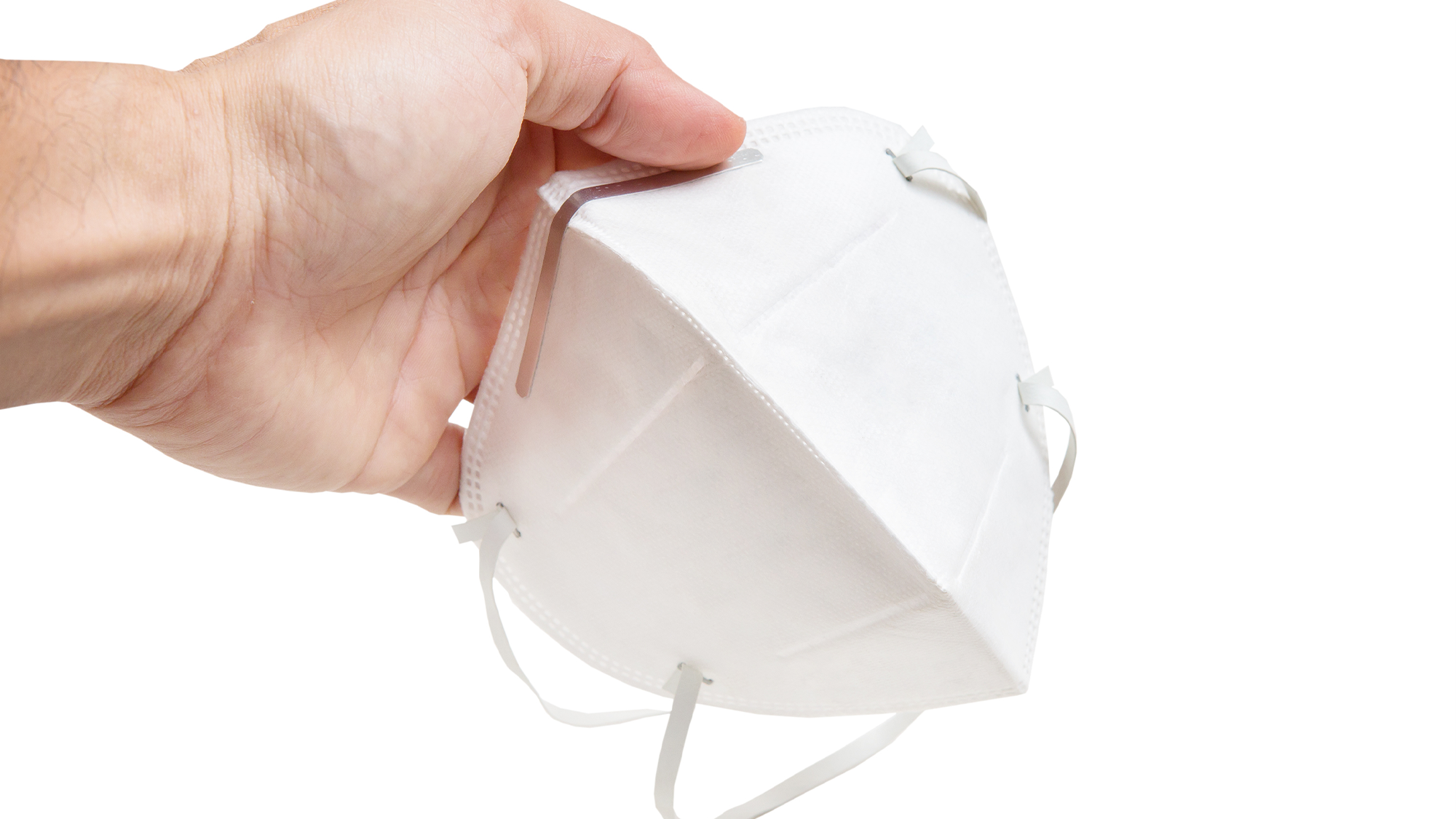

In a press briefing yesterday, Centers for Disease Control and Prevention (CDC) Director Rachelle Walensky announced that the United States is currently seeing the highest levels of hospitalization for influenza (flu) at this point in flu season than it has over the past decade. She encouraged individuals to take preventative action by wearing face masks that can help reduce the spread of most of the respiratory illnesses, not just COVID-19.
“We also encourage you to wear a high-quality, well-fitting mask to prevent the spread of respiratory illnesses,” said Walensky, adding that wearing a mask is one of several precautions that people can take to reduce their chances spreading or catching a respiratory virus over the holiday season.
Mask mandates began to lift around the country in late February and March, when the CDC suggested that 90 percent of the country no longer needed to wear them in public.
According to CDC estimates, there have been at least 8.7 million illnesses, 78,000 hospitalizations, and 4,500 deaths so far from this flu this season. During the week of Thanksgiving, nearly 20,000 people in the US were admitted to the hospital for the flu, almost double the number of admissions from the previous week.
“Especially for RSV and flu, these levels are higher than we generally see this time of year,” Walensky said in a telephone news briefing. She also added that the flu season got off to an early start and that “hospitalizations for flu continue to be the highest we have seen at this time of year in a decade.”

US hospital systems continue to be stretched thin by a “tripledemic” of flu, COVID-19, and respiratory syncytial virus (RSV) and Welensky added that so far, 14 children have died from the flu nationwide.
COVID-19 cases have also risen since Thanksgiving and COVID-related hospitalizations have increased about 15 to 20 percent over the last week, according to Walensky.
The agency is also considering expanding its system of COVID community levels to factor in other respiratory viruses such as the flu. This system is the basis for when the CDC advises people to mask-up.
[Related: Check this CDC map to see if you live in a ‘high risk’ flu state.]
“One need not wait on CDC action in order to put a mask on,” Walensky said. “We would encourage all of those preventive measures — hand washing, staying home when you’re sick, masking, increased ventilation — during respiratory virus season, but especially in areas of high COVID-19 community levels.”
Another prevention method includes getting this year’s flu vaccine. The CDC says preliminary data suggests that this year’s vaccine is a good match for the dominant strains of flu. Walensky added that even during flu seasons when the shot doesn’t match the circulating flu strains as well, “We see a 35 percent decrease in rates of hospitalization … which really just emphasizes, when we do have a good match, how much more effective it will be.”
[Related: No, you can’t get the flu from a flu shot.]
If you do get sick, testing is important, added Sandra Fryhofer, board chair of the American Medical Association and an internal medicine physician in Atlanta. Testing helps medical professionals tell whether the illness is flu, COVID-19, RSV, or a common cold so that they can prescribe the best treatment option. Antivirals for COVID-19 and the flu are available, but COVID-19 antivirals do not work against the flu and vice versa.
Fryhofer also urged people to get flu shots as soon as possible, stressing that it’s not too late. “This year’s flu season’s off to a rough start,” she said. “It started early, and with COVID and RSV also circulating, it’s a perfect storm for a terrible holiday season.”
Additional prevention measures for respiratory illness are hand washing, staying home when sick, avoiding touching your nose and face, and eating a balanced diet.
